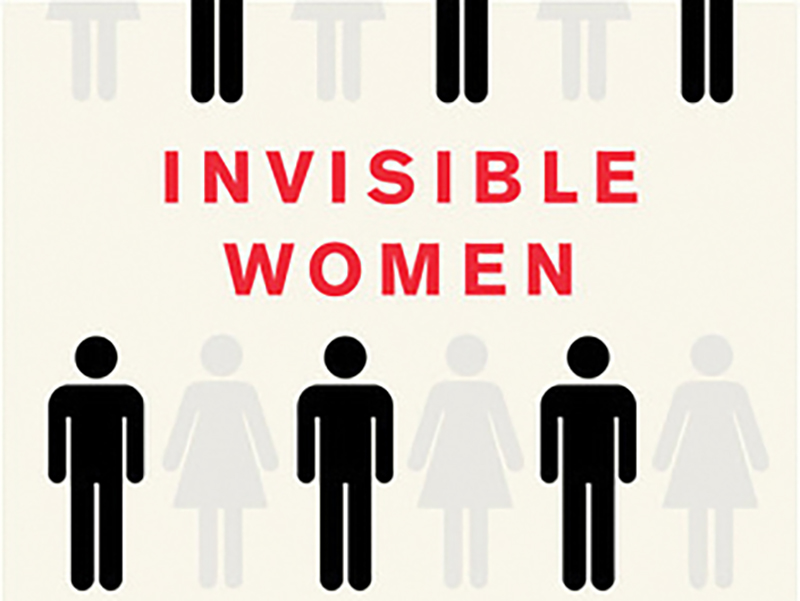When do girls fall behind? It’s a loaded question. Behind in what?
Last month, the journal Nature published the results of a fascinating (and depressing) study identifying when girls fall behind in mathematics. So, let me ask you, when do girls fall behind in math? What is your guess? I would have guessed middle school. I was wrong. The answer is more surprising and deeply concerning than that.
A four-year longitudinal study of 2,653,082 French children across family, class, or school types and socio-economic levels showed that a math gender gap in favor of boys became highly significant after four months of schooling.
Four months! Girls fell behind in math after four months of their first year of elementary school even though, before going to school and upon entering school, they exhibited similar mathematical ability.

I wondered how similar the situation was in other countries and found that the math gender gap exists in almost every country where it was measured.
The gap cannot be explained by boys being inherently better at math than girls. Numerous studies show that males and females perform similarly in math when tested. Brain activity in boys and girls as they engaged in basic math tasks was indistinguishable.
Self-perception of mathematical ability, however, varies considerably and so do the perceptions of the people around them. Parents, teachers, and the boys themselves perceive their mathematical ability as better than that of girls. It seems that girls underperforming in math is learned. The problem persists when we consider that females outnumber males in higher education, yet they are underrepresented in science, technology, engineering, and mathematics (STEM) majors and careers.

Of course, the problem is bigger and more pervasive than girls falling behind in math. In innumerable situations, women fall behind. From medical trials and drug design, to workplace safety, to calculating GDP, women navigate a world built by men and for men as Caroline Criado Perez exposes in her book, Invisible Women: Exposing data bias in a world designed for men. Criado Perez argues that we need to see and close gender data gaps of all kinds. Let’s consider a few examples.
Medical research subjects have historically been male. The result is that insights into diseases have often been extrapolated from men and applied to women. But women aren’t just smaller men. Women’s bodies are different from men’s. The classic example is the difference in the way women and men experience a heart attack. Men’s symptoms are considered standard—chest pain that extends down the left arm. Women’s symptoms, although they make up half of the world’s population, are considered non-standard. Women are more likely to experience nausea, shortness of breath, or jaw pain. The result is that too many heart attacks go undiagnosed in women and interventions are delayed. In 2024, President Biden signed the White House Initiative on Advancing Women’s Health Research and Innovation, in part to address some of the disparities in understanding and treating women’s health. After initially cutting the funding for this initiative, thankfully the Trump administration restored funding.
- Drug dosages have historically been based on clinical trials conducted on men. This leads to women suffering adverse side effects of medications more frequently than men because they take a nonideal dosage.
- A gender pay gap persists with women earning 85% (on average) of what a man earns for the same job.
- Women continue to do the vast majority of unpaid care work—child and elderly care. This limits their career choices and opportunities for advancement as well as affecting their health and well-being.
- Women are at higher risk for injury in the workplace due to improperly fitting personal protective equipment designed with only male bodies in mind.
One cause of these gender gaps is that too often women are denied a seat at the table where decisions are being made. Female voices are not heard. If you are a woman and are reading this blog, this is not news. You and I have plenty of stories to share about our own experiences being left out of the conversation or had our voices silenced. The Trump administration’s dismantling diversity, equity, and inclusion (DEI) initiatives is making it worse.
In light of large political and cultural moves that seek to silence the voices of women and many others, what can we do as individuals? Stories are a good place to start. Stories are a way to understand someone whose life experiences are different from your own. Stories are rich and nuanced. Jesus taught with stories for a reason. His parables cross culture and time. They are still alive and relevant. Stories are powerful and transformative.
How can we start preventing girls from falling behind? How can we begin to close the gender data gap? Perhaps the first step is to hear one another’s stories.
And never tell a girl she isn’t good at math!


7 Responses
In my work and board-life experience, the gender, age, and race-balanced work teams always out-performed the imbalanced ones. For whatever reason, all-male teams default to the use of power and authority quite consistently.
In my experience, medical coding also reimburses higher for similar procedures in men vs women. People still assume since you’re a woman when you enter an exam room, you’re the nurse, not the doctor.
I was not offered partnership in my practice until I had worked there five years as opposed to one year. The reason? I chose to work three days a week to spend time with my children instead of four. Only after working for five years and having production levels equal and above male partners who worked four days a week, did they offer me partnership.
Four months! Stunning.
Thanks, Sara. Some studies have shown that the gender gap in elementary school was fading and that achievement differences were present until middle school. But even a few years ago, this same thing was found in US data–only 30% of girls are in the 90th percentile. You are right that the idea that this problem has been solved through things like STEM initiatives proper teacher training about gender bias is not yet true.
https://files.eric.ed.gov/fulltext/EJ1194383.pdf
So far my middle-school aged granddaughter is excelling in math, but I’m wondering how the gender gap may affect her in the future. I am in agreement with the gist of what you are saying, but I must admit that I have questions about the study you reference. The first half of a year of math in school is so rudimentary that it’s hard to conceive that there would be a distinguishable difference between boys and girls that early. Is there really a noticeable gender gap within four months between who can group by tens, or remember that 2 + 3 = 5. The study also makes me wonder if the definition of “falling behind in math” is modeled on a male perception of what it means to be falling behind. Just wondering?
Thank you for this important post, Sara.
Thank you for your post. I am the father of six intelligent daughters who are all adept in the STEM areas, which is ironically is not my strength. One of the girls has had to stubbornly plough through male dominance in a university engineering setting. Where I live, the worst resistance to women comes in the Reformed and Presbyterian world. Now, none of the girls belongs to the denomination they grew up in.